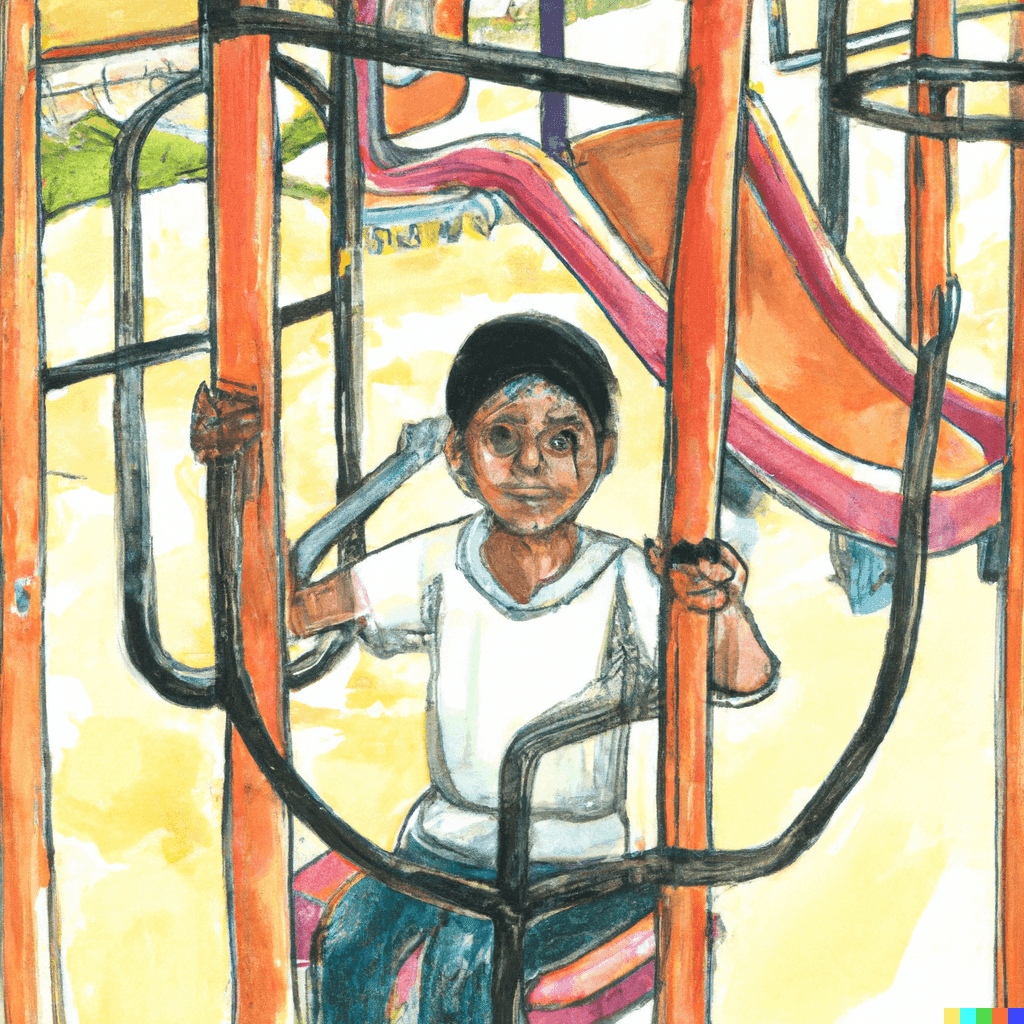As a parent, your top priority is keeping your child safe. While it’s impossible to protect them from every danger, teaching them basic safety rules can help them stay out of harm’s way. Here are 10 safety rules that you should teach your children:
Rule 1: Stranger Danger
Teach your children to stay away from strangers and never accept anything from them without your permission. If a stranger approaches them, they should tell you or another trusted adult immediately.
Rule 2: Look Both Ways Before Crossing the Street
Teach your children to always look both ways before crossing the street, even if there is a crosswalk or stop sign. They should also only cross the street at designated areas.
Rule 3: Wear a Helmet When Riding a Bike or Scooter
Make sure your child wears a helmet whenever they ride a bike or scooter. This will protect their head in case of an accident.
Rule 4: Know Your Address and Phone Number
Teach your child their full name, address, and phone number. This will help them in case they get lost or need to contact you.
Rule 5: Never Touch Firearms
Teach your child to never touch firearms and to immediately tell an adult if they come across one. If you have firearms in your home, make sure they are locked up and out of reach.
Rule 6: Swim Only When Supervised
Teach your child to only swim when they are being supervised by an adult. This includes swimming in pools, lakes, or oceans.
Rule 7: Be Careful with Stray Animals
Teach your child to never approach stray animals, even if they seem friendly. If they encounter a stray animal, they should tell an adult.
Rule 8: Keep Away from Hot Appliances
Teach your child to stay away from hot appliances such as the stove, oven, and toaster. Make sure they understand the danger of getting too close to these items.
Rule 9: Be Mindful of Cyber Safety
Teach your child to be careful when using the internet and social media. They should never give out personal information and should immediately tell you if they encounter anything that makes them uncomfortable.
Rule 10: Always Wear a Seat Belt
Teach your child to always wear a seat belt whenever they are in a car. This will help protect them in case of an accident.
By teaching your child these 10 safety rules, you can help ensure their safety and well-being. Encourage them to ask questions and reinforce these rules regularly.
Conclusion
As a parent, it’s natural to worry about your child’s safety. While you can’t protect them from everything, teaching them basic safety rules can help keep them safe. By following these 10 safety rules, your child will be better equipped to handle potentially dangerous situations. Remember to reinforce these rules regularly and encourage your child to ask questions.








